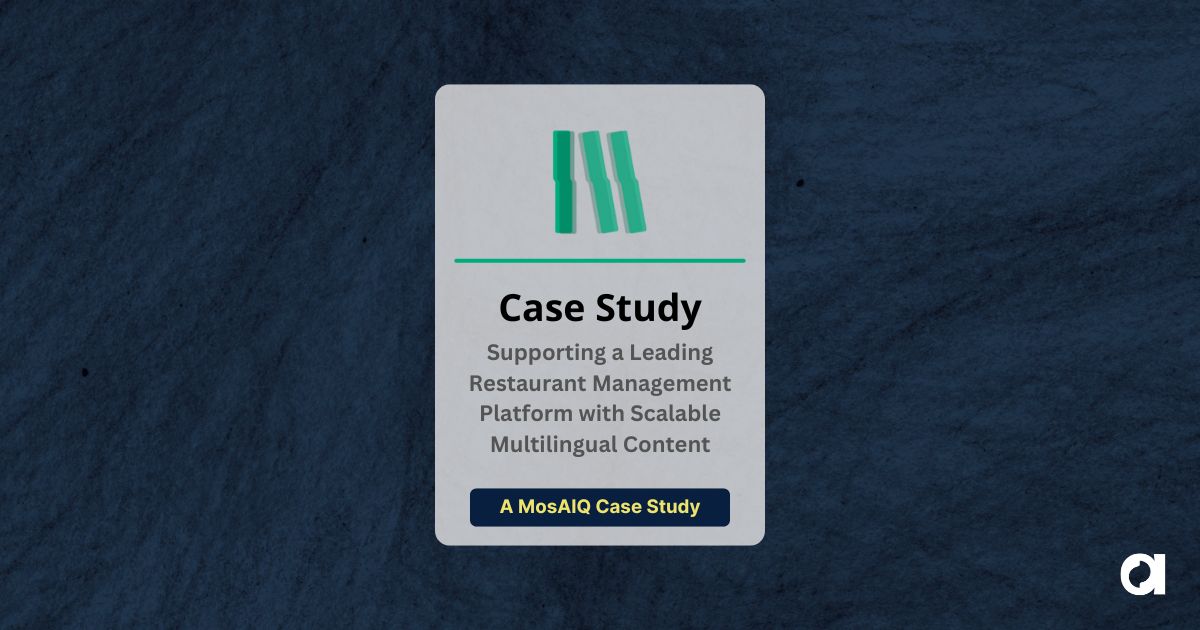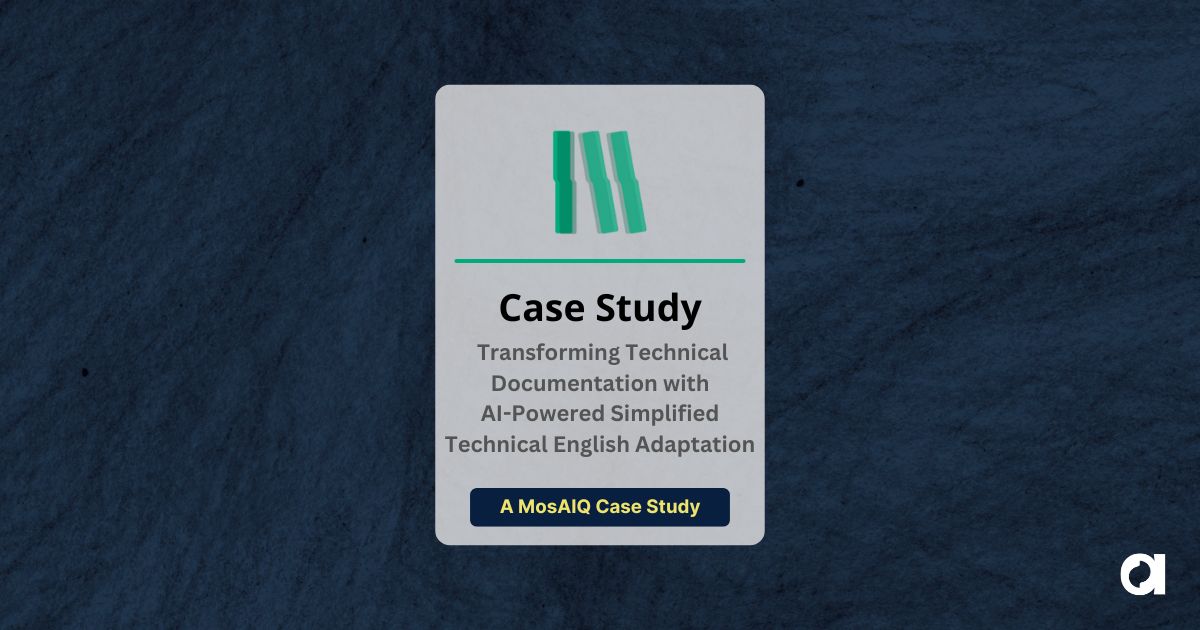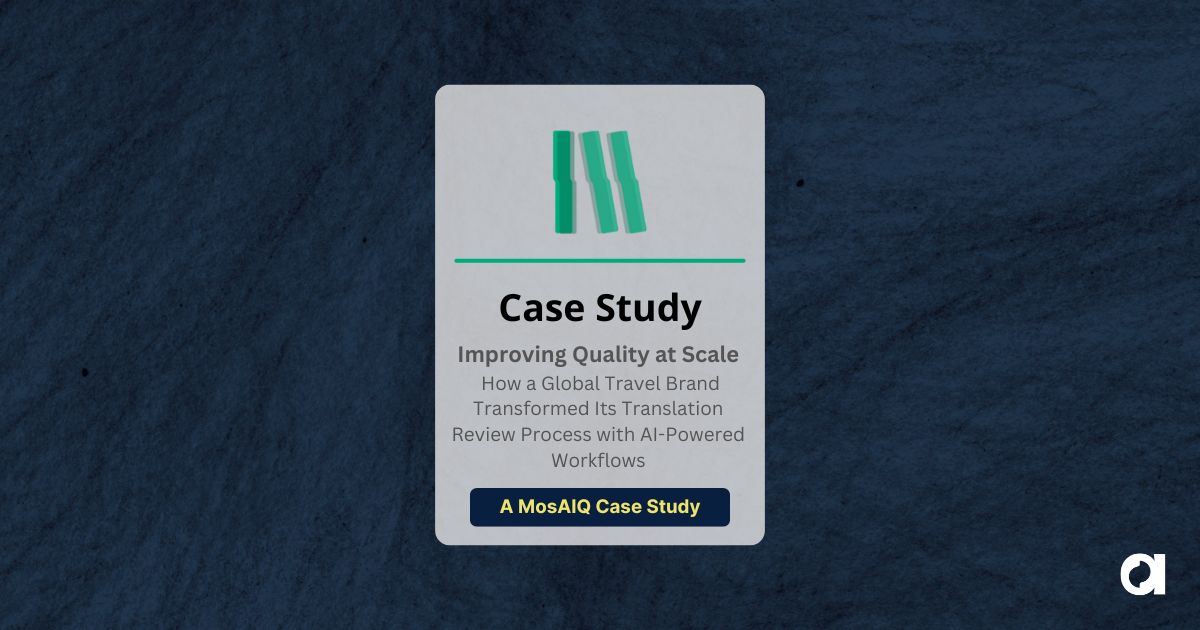In April 2025, the UK Medicines and Healthcare products Regulatory Agency (MHRA) implemented a revised clinical trials framework following its public consultation on regulatory reform. Sponsors are now expected to submit through the Combined Review, a coordinated ethics and regulatory process with a target timeline of 150 days. It changes what gets submitted, when, and in what format. It also affects when clinical trial translations need to happen and how they fit into the overall process.
The legislation also formalizes standards that regulated industries have been moving toward for years. Clarity, accessibility, and inclusive design are now required for participant-facing content, not just encouraged. That includes translated materials, alternate formats, and plain-language content across informed consent, recruitment ads, and patient instructions.
For Sponsors and Contract Research Organizations (CROs) running UK-based trials, this means rethinking how trial materials are developed. Language access now falls under the same regulatory scrutiny as clinical and ethics documentation.

Keeping Pace with Compressed Timelines
The 150-day review window introduced by the UK’s new clinical trial law accelerates more than just submission deadlines. It reshapes how sponsors and CROs prepare trial materials in the lead-up to ethics and regulatory review. That includes translation.
Participant-facing documents such as informed consent, recruitment materials, and plain-language summaries must now be ready in final form at the point of submission. Ethics committees are no longer reviewing these materials in isolation from language access. They expect to see every applicable version, in every applicable language, from the outset.
Translation timelines are now compressed along with everything else. Language work has to begin at the same time as protocol development and ethics documentation. Waiting until content is finalized or the science is approved is no longer viable.
Misalignment often shows up late, through conflicting file versions, formatting issues, or terminology gaps. Each of those slows the process. If the materials don’t meet the requirements on first review, the sponsor may be asked to revise and resubmit. That kind of delay can push back the entire trial.
What Reviewers Are Looking For Now
Under the new rules, ethics committees are reading participant-facing materials with broader expectations. They’re evaluating clarity, accessibility, and relevance to the populations being recruited. Accuracy still matters, but reviewers are also looking at whether participants can understand and use what they’re given.
Informed consent is one of the biggest focal points. It has to be written in plain language, localized where appropriate, and delivered in formats that support access. That may include screen-reader–compatible files, large print, or other adjustments based on participant needs. These formats are now part of the baseline review, not handled separately or addressed later.
Recruitment materials are also facing closer scrutiny. If the content is intended for public use, it has to meet regulatory standards. That includes culturally appropriate language, accurate translation, and layout that works across digital and print. Reviewers are assessing final materials, not drafts. Everything submitted has to be complete, accurate, and ready to use.
That leads to a more basic question: are people being given information they can use? Committees want to see that translation choices are based on who the trial is trying to reach. If the study includes multilingual communities, the language support needs to reflect that. Ethics reviewers expect to see a clear connection between the recruitment plan and the languages selected.

How Argos Meets Regulatory Expectations
Argos already works with clinical teams operating on fixed regulatory deadlines, handling submission materials such as informed consent forms, participant communications, and other documents that must be translated, formatted, and accessible at the time of submission.
Translation planning should begin at the same time as clinical and regulatory planning. Localization can be integrated early, with trained NMT engines adapted to life sciences content and refined by human post-editors with medical expertise. Terminology is agreed upon at the start, not after review, leading to greater consistency and higher quality. Accessibility needs and compliance formatting can also be built into the process from the beginning, so each version moves forward without waiting on a finalized English source.
Argos also supports trials that use digital platforms like eConsent and patient portals. Translations are prepared in formats that match the way participants actually access the content.
The result is content that’s ready on time and built to pass review the first time. Language versions aren’t delayed, separated, or rebuilt after the fact. They move through the same process as the original and meet the same standard when they arrive.
What It Takes to Stay Aligned
The sponsors keeping pace with the new review model are putting translation planning on the same timeline as trial development. They scope what needs to be translated, confirm formatting and accessibility requirements early, and move every version through the same review path. All content is treated as part of the core submission package.
This approach only works when teams stop waiting for finalized English. It depends on shared schedules, early terminology alignment, and clear ownership of deliverables across languages and formats. When each piece moves together, the content gets submitted cleanly the first time.
When the review clock starts, the work has to be done. The sponsors who are already accounting for that won’t be rushing to catch up. They’ll be ready.
If you’re revising clinical trial timelines under the UK’s new review model, we can help you plan for translation that fits the review schedule and holds up under scrutiny. Contact us to learn how we can support your trial’s regulatory compliance and submission timelines.
 Argos Multilingual
6 min. read
Argos Multilingual
6 min. read
Argos Multilingual surveyed nearly 1,000 people across eight countries to understand how users interact with GenAI-generated content. The findings, published in our report, The End-User in the Loop, point to a recurring problem: content that clears internal review often fails when it reaches the people it was meant to help. Fluency and formatting don’t guarantee […]

 Argos Multilingual
13 min. read
Argos Multilingual
13 min. read
AI and Language Infrastructure: Transforming Global Content Delivery In this insightful discussion with Erik Vogt following TAUS Dublin 2025, we explore the evolving landscape of language services and content delivery. Erik shares key takeaways about the industry’s shift from traditional translation memory systems to AI-driven orchestration platforms, emphasizing how businesses are reimagining their approach to […]











